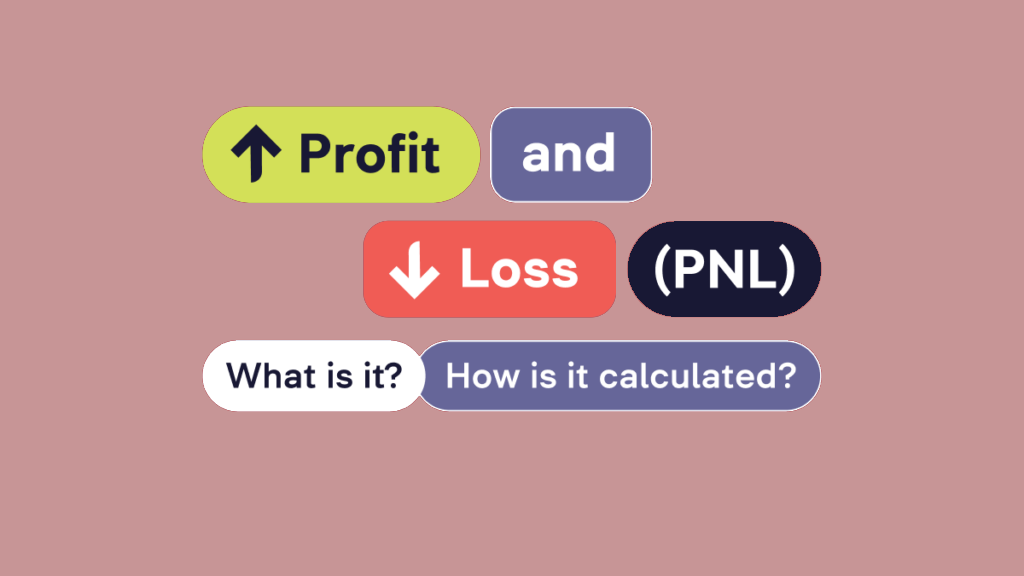The profit and loss incurred from holding positions contrasts with the profit and loss realized upon closing positions. This is often referred to as book profit or loss, or floating profit or loss. It represents the difference in price between the value of the position held by the trader at the settlement prices on the day of trading closure and the original value of the position. Holding gains and losses are unrealized, meaning they are not recognized as investment income based on the principle of income realization in accounting practices.
However, due to the high-risk nature of futures investment, disclosing this information becomes necessary to provide decision-related insights to users of financial statements. As a result, it can be reflected in the futures investment income account in the future, or a secondary account can be established under futures to delineate the profit and loss of positions from the realized profit and loss of closing positions in futures investment.

The following information is required to calculate the profit and loss of a
position:
Purchase price: The purchase price of a security or commodity
Current price: the current market price of Securities or commodities
Number of holdings: The number of securities or commodities held by
investors
The following formula can be used to calculate the position's profit and
loss:
Position gain/loss = (current price minus purchase price) x holding
quantity
For example, if an investor has purchased 100 shares of a company, the
purchase price is $10 per share, and the current market price is $15 per share,
then the position profit and loss of the investor is:
($15-$10) x 100 shares = $500
Therefore, the investor's current holding profit is $500. If the current
market price is lower than the purchase price, the position profit and loss are
negative, indicating a position loss.


























